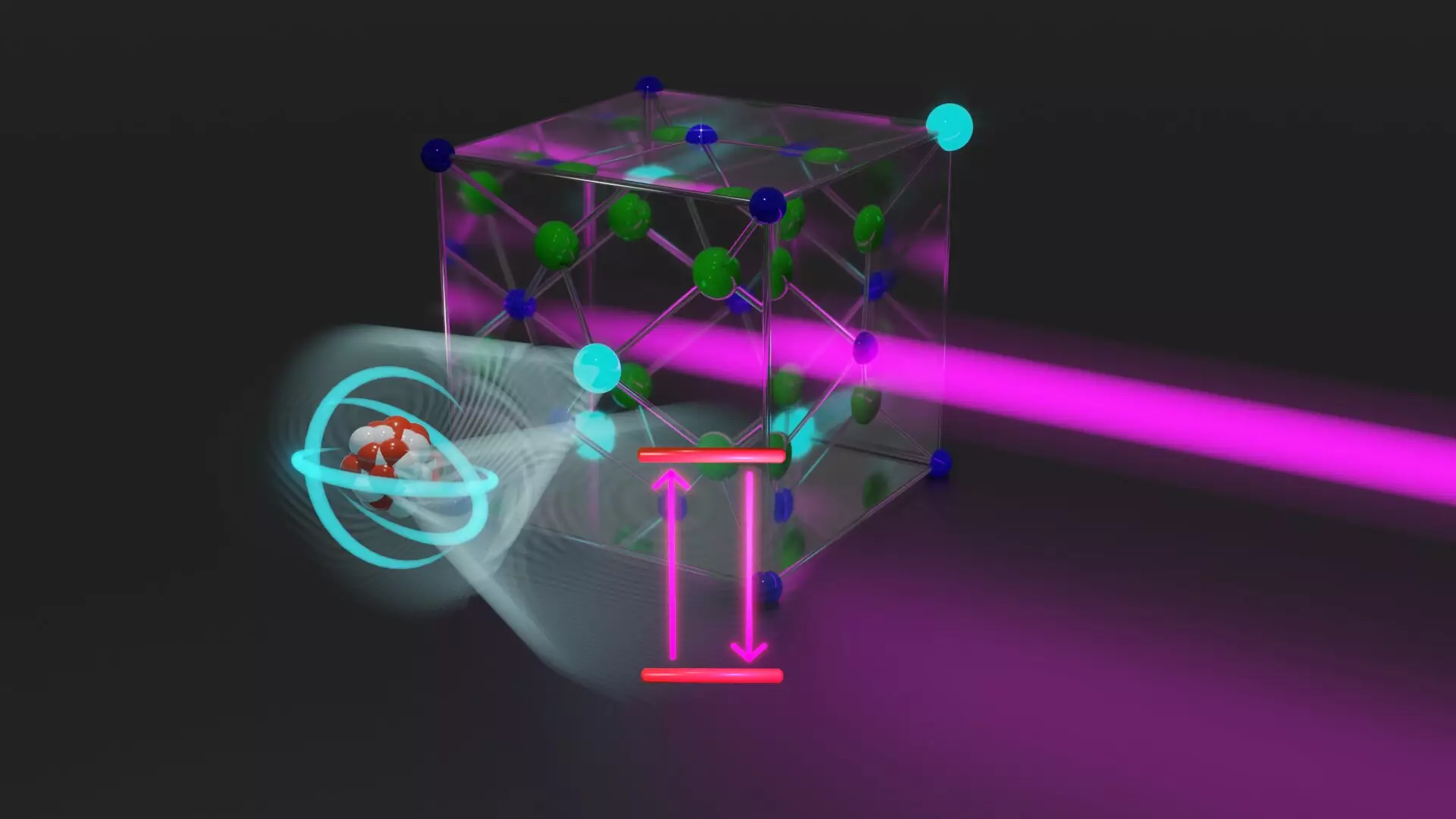Physicists have long been searching for a specific state of thorium atomic nuclei that could have groundbreaking technological applications. This unique state could revolutionize time measurement with the development of a nuclear clock and potentially answer fundamental questions about the constants of nature. Recent discoveries have brought hope to the scientific community as the long-sought thorium transition has been identified, opening up new possibilities for research and innovation.
While manipulating atoms and molecules with lasers is a common practice in modern physics, the same techniques have been challenging to apply to atomic nuclei due to the significant energy requirements. Atomic nuclei have the potential to serve as perfect quantum objects for precision measurements, offering unparalleled accuracy compared to atoms and molecules. The discovery of the thorium transition has overcome this obstacle, paving the way for new experiments and advancements in the field of quantum physics and nuclear physics.
Speculations about the existence of a special atomic nucleus, thorium-229, have been circulating since the 1970s. This particular nucleus offers two closely adjacent energy states that make it a prime candidate for laser manipulation. The challenge lies in precisely determining the energy of the transition in order to induce it with a laser beam. Researchers have compared this process to finding a needle in a haystack, requiring extreme precision and innovative techniques to achieve success.
Instead of studying individual thorium nuclei in electromagnetic traps, a research team led by Prof. Thorsten Schumm adopted a novel approach by developing specialized thorium-containing crystals. These crystals allowed for the simultaneous targeting of a large number of thorium nuclei with a laser, significantly enhancing the chances of observing the energy transition. This breakthrough in crystal development played a crucial role in the successful identification of the thorium transition on November 21, 2023.
With the precise energy of the thorium transition now known, researchers can explore a wide range of applications, including the development of highly accurate atomic clocks and the analysis of Earth’s gravitational field for geological insights. The newfound ability to manipulate atomic nuclei with lasers opens up avenues for investigating fundamental mysteries of physics, such as the variability of natural constants over time. This breakthrough marks the beginning of an exciting new chapter in scientific exploration and innovation.
As researchers continue to refine their measuring methods and explore the potential of the thorium transition, the possibilities for groundbreaking discoveries are endless. The development of advanced technologies, such as ultra-precise atomic clocks and innovative measurement techniques, could revolutionize various scientific fields and deepen our understanding of the universe. The journey towards unlocking the secrets of thorium promises to be a thrilling and intellectually stimulating adventure for scientists and researchers around the world.
The discovery of the thorium transition represents a significant milestone in the field of physics, offering new opportunities for exploration, innovation, and discovery. With the ability to manipulate atomic nuclei with lasers and the potential for highly precise measurements, researchers are on the brink of unlocking a treasure trove of scientific insights and technological advancements. The quest for thorium has only just begun, and the future holds endless possibilities for those daring enough to venture into the realm of quantum physics and nuclear research.


Leave a Reply